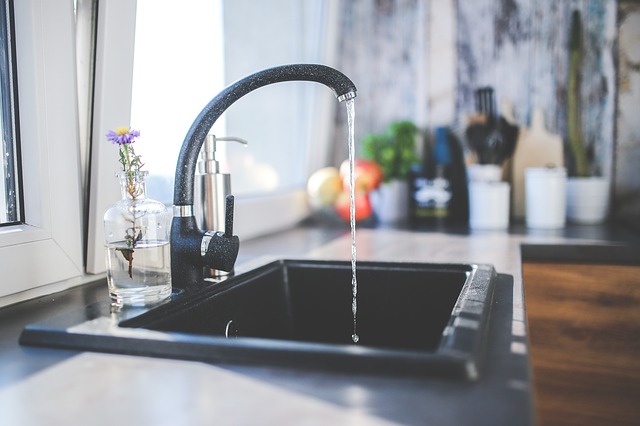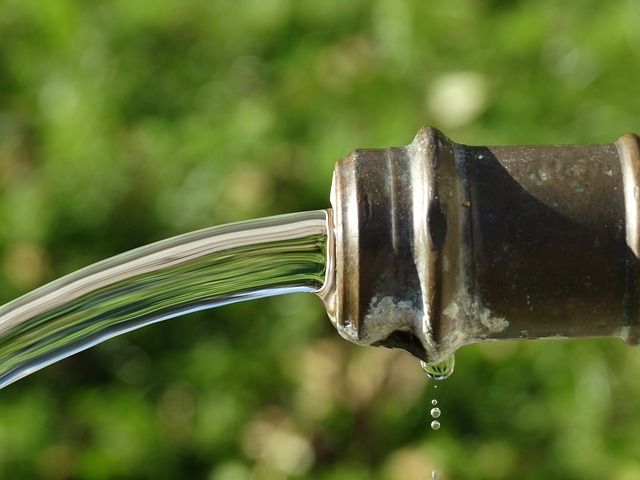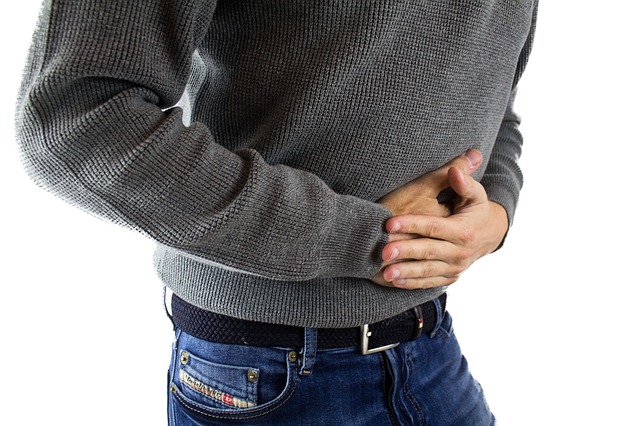“Why on earth would I buy bottled water when I can just get it from my sink?” That’s a fair and sincere question. Not everyone sees anything wrong with the tap water in their home. Therein lies the issue. Just because you can’t see impurities in the water, doesn’t mean they aren’t there. In fact, tap water usually has some “bad things” in it. Before you fill up a glass with kitchen tap water, be aware of the following five points:
1. Chemicals May Be Present in Tap Water

As shocking as it seems, a publicized analysis of common drinking water analyses revealed the presence of traces of around 2,000 toxic chemicals. Chlorine, fluoride, mercury, and more can be found in varying amounts in the average source of tap water. Purifying the water or reducing drinking and cooking water to bottled brands may be a better plan. Seriously, when you get the water from the tap, you don’t know what’s in it.
2. Old Pipes Present a Lead Risk

Depending on where you live, the plumbing system may be old – very old. The pipes somewhere deep down in the plumbing lines could even be made of lead as opposed to modern copper or PVC. Who knows? The pipes could be so old they may even be made of clay! The discovery of lead pipes often raises serious alarms. Drinking water running through lead pipes means traces of lead may end up in the water. Drinking such water creates a risk for lead poisoning, a serious health hazard.
3. Water Sources Get Strained and Neglected

The massive growth of the population means water sources become strained. “Strained” is a nice way to say the management of the water sources experiences neglect. In order to deliver greater amounts of water to a significantly larger number of people, the management of water sources lacks desirable oversight. Hence, you don’t get the best quality of water in certain areas due to corner cutting. The costs associated with fully purifying the water could be too expensive, which may further increase hazards.
4. Tap Water Can Go Stale

Credits: Flickr/ Beatrice Murch
We don’t usually think of water being able to go stale, but it does. And the taste of old tap water reveals just how stale it can get. After tap water has been exposed to the air for 12 hours, a reaction occurs with carbon dioxide and this leads to the staleness. While stale water likely remains safe to drink, the taste isn’t exactly enjoyable. Adding a little lemon to the water won’t improve it all that much either. That bowl of soup in the fridge just might lose its wholesome goodness. No, tap water and air simply don’t go well together.
5. Tap Water Risks Exposure

You could even contribute to the contamination of tap water yourself. If you don’t wash glasses and dishes out properly and fill them with tap water, you run the risk of ingesting soap and other detergents. Granted this could happen when pouring bottled water, but the chances may be reduced. Drinking directly out of the bottle, for example, cuts down on the need to use potentially-soapy or otherwise unclean glasses.


